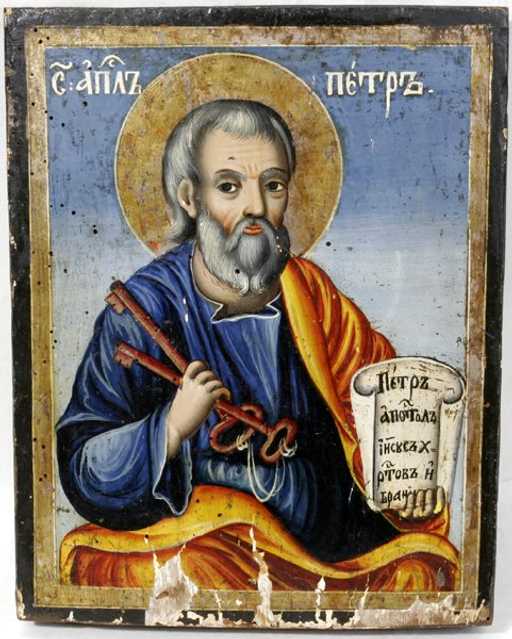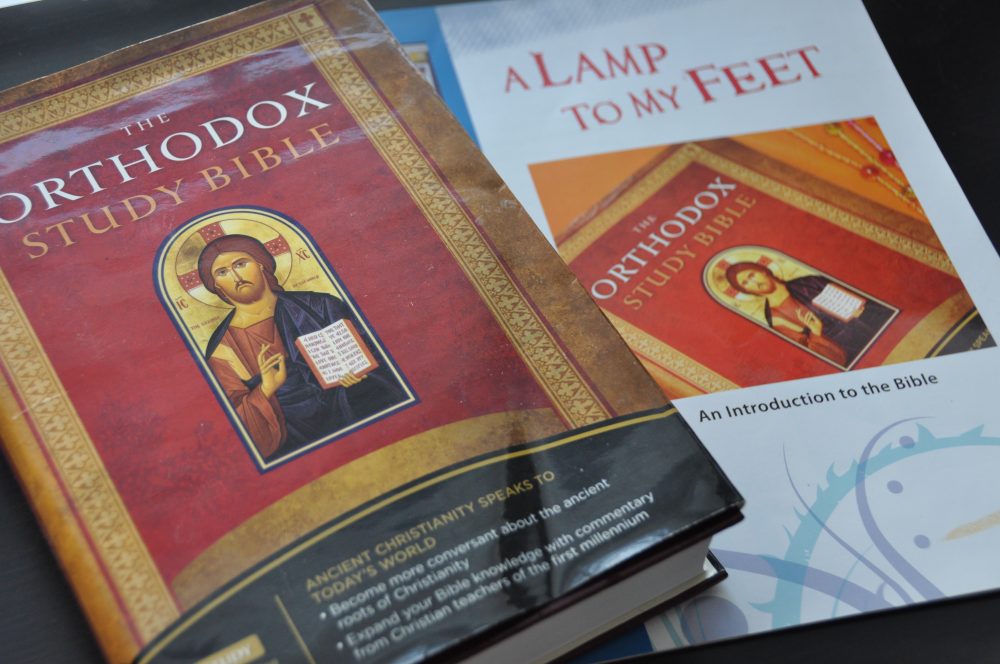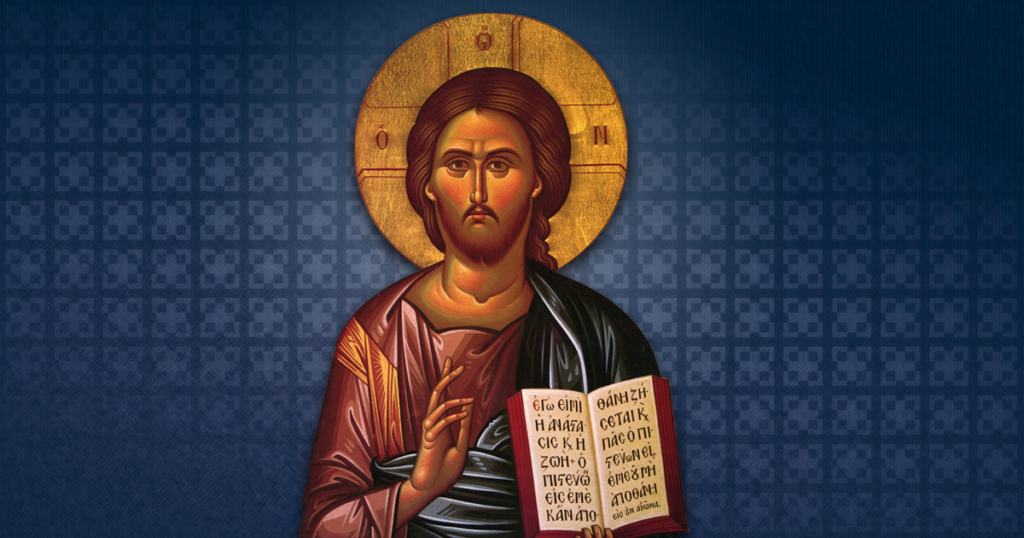Introduction
The Eastern Orthodox Church, a communion of autocephalous (self-governing) churches, traces its roots back to the earliest days of Christianity. It has played a significant role in shaping the religious, cultural, and political landscapes of the regions where it is predominant. A key aspect of the Orthodox Church is its organization into patriarchates, which are led by patriarchs. In this article, we will delve into the history and significance of both the ancient and more recent Eastern Orthodox patriarchates, highlighting their unique characteristics and contributions to the Orthodox Christian world.
The Four Ancient Patriarchates
- The Ecumenical Patriarchate of Constantinople
Founded by the Apostle Andrew, the Ecumenical Patriarchate of Constantinople is considered the “first among equals” among the Eastern Orthodox patriarchates. It gained prominence following the transfer of the Roman capital to Constantinople by Emperor Constantine the Great. The Ecumenical Patriarch is considered the spiritual leader of the entire Orthodox Church, and his role involves coordinating pan-Orthodox activities and mediating in matters concerning autocephalous churches.
- The Patriarchate of Alexandria
Established by the Apostle Mark, the Patriarchate of Alexandria is the second-ranking patriarchate. Its jurisdiction includes Egypt, Libya, and Sudan, and it has historically played a significant role in the intellectual life of the Christian world. The Alexandrian patriarchate is known for its contribution to the development of Christian theology, including the works of Origen and St. Athanasius, who defended the doctrine of the Holy Trinity.
- The Patriarchate of Antioch
The Patriarchate of Antioch was founded by the Apostles Peter and Paul and is the third-ranking patriarchate in the Orthodox Church. Its jurisdiction extends to Syria, Lebanon, and parts of Turkey. The Antiochian patriarchate has a rich liturgical tradition and has contributed to the development of the Orthodox liturgy in various languages, including Greek, Arabic, and Syriac.
- The Patriarchate of Jerusalem
The Patriarchate of Jerusalem, the oldest Christian church in the Holy Land, was established by the Apostle James, the brother of Jesus Christ. It holds the fourth rank among the patriarchates and has jurisdiction over Israel, Palestine, Jordan, and the Sinai Peninsula. The Jerusalem patriarchate is the custodian of many sacred Christian sites and plays a vital role in the preservation of the Holy Land’s Christian heritage.
More Recent Patriarchates
- The Patriarchate of Moscow and All Russia
The Russian Orthodox Church became autocephalous in 1448 and was granted the status of a patriarchate by the Ecumenical Patriarchate of Constantinople in 1589. The Patriarchate of Moscow and All Russia is the largest Orthodox Church in terms of membership and has significantly influenced Russian culture, politics, and history.
- The Patriarchate of Bulgaria
The Bulgarian Orthodox Church gained autocephalous status in 927, though it was not officially recognized by the Ecumenical Patriarchate of Constantinople until 1945. It was later elevated to a patriarchate in 1961. The Patriarchate of Bulgaria has played a crucial role in preserving the national identity, language, and culture of the Bulgarian people through centuries of foreign rule.
Conclusion
The Eastern Orthodox patriarchates, both ancient and more recent, have contributed significantly to the development and preservation of the Orthodox faith, as well as the cultural and historical identity of their respective regions. Each patriarchate carries its unique legacy and tradition, reflecting the rich tapestry of Orthodoxy. As the Orthodox Church continues to evolve and adapt to modern times, the patriarchates remain steadfast in their mission
Regenerate response



